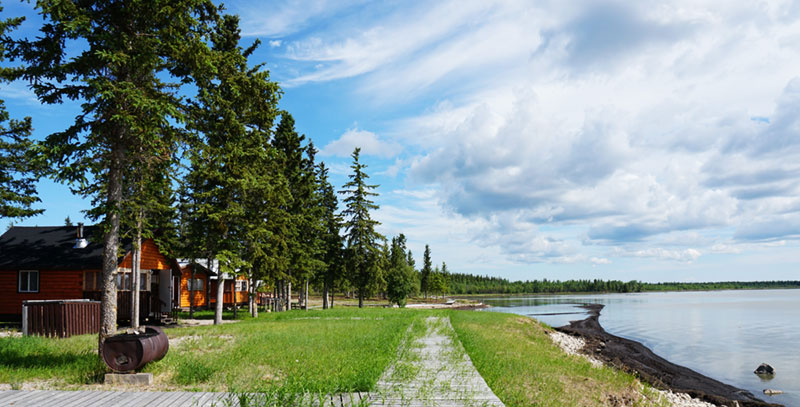
Words and Photos by Yrene Dee, Lumby (British Columbia, Canada).
Yrene is the founder of BackcountryCanadaTravel.com. She was born in Switzerland, lived and worked on different continents and travelled the world before she settled in Canada. She is an entrepreneur, wilderness nut, and animal lover who prefers off-the-beaten-track places. Follow Yrene on Twitter @backcountrycana, Facebook @ backcountrycanada, and Instagram @backcountrycanadatravel.
The side-trip to Fort Resolution, the Chipewyan and Métis town on the south shore of Great Slave Lake, was one of the highlights of my trip to the Northwest Territories this summer. It was not only the beautiful town itself that captured my heart, but it also was the wonderful people I met during my short stay.
This tiny, remote community of 570 residents seems to be a forgotten destination on the tourist trail.
I stopped to get gasoline in Hay River the day before and mentioned my intention to visit Fort Resolution to the cashier behind the desk. He just shrugged his shoulders: “Fort Res, waste of time” he muttered, “nothing there”.
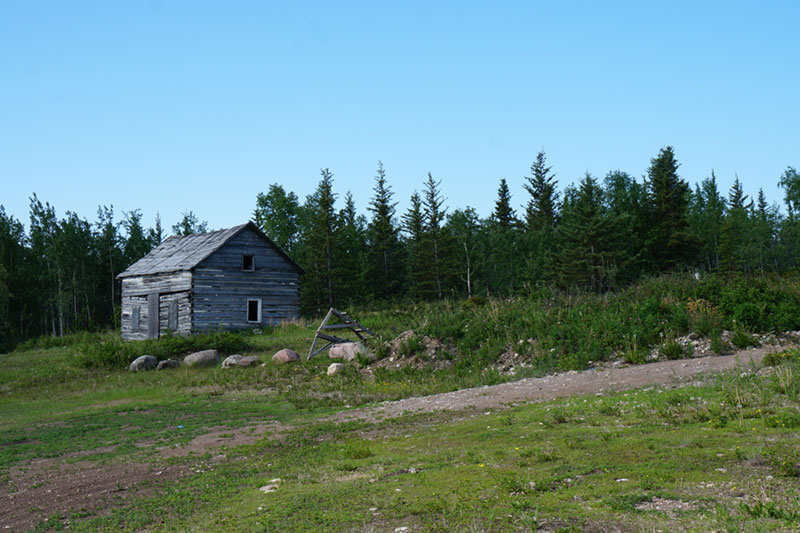
I didn’t let myself get off the hook so quickly. One purpose of my northern road trip was to visit all of Northwest Territories small communities with access roads.
It’s hard to imagine what it is like living in a remote northern community, surrounded by wilderness with hardly any people. The majority of southerners, as well as the rest of the world, know little about what life is like in Canada’s North.
The 84 kilometres (52 mi) tour to Fort Resolution from the Fort Smith Highway junction seemed to be a small price to pay to find out what this place was all about. And I’m glad I did.
Not many travellers venture this way and it’s easy to miss. Like other roads in the Northwest Territories, Fort Resolution Highway 6 takes you to where the road runs out; it takes you to a magic place.
Historic Fort Resolution is situated in the South Slave Region of the Northwest Territories, in the land of waterfalls and wonders. The region includes the glorious deep freshwater Great Slave Lake, North America’s second deepest lake. It is also the gateway to wildlife and sanctuaries with roaming herds of bison, endangered whooping cranes and wolves at Buffalo Provincial Park.

Fort Res, as it is called by locals, is the oldest documented European settlement in the Northwest Territories. It was founded when the Hudson Bay Company began trading for furs in the 1780s.
First located at the mouth of the Slave River, the hamlet was moved to its present site in 1796. The first settlers were Cree-Métis. By 1852 priests arrived and established a mission and a school. During the 1840s and 1850s, Fort Resolution was the largest trading post on Great Slave Lake.
Today trapping remains an important way of life in the community, together with commercial fishing and timber harvesting.
I drove into the hamlet on a gorgeous sunny morning in June after camping for a night at Little Buffalo River Crossing Territorial Park, only 30 kilometres (19 mi) away,
Highway 6 is paved all the way to Fort Resolution but it was a bumpy ride. Roller coaster bumps are an effect of melting permafrost on northern highways.
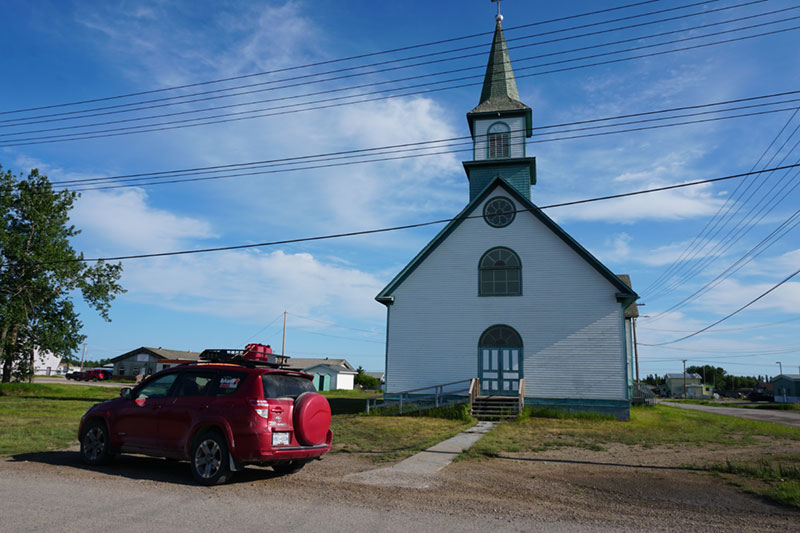
The streets were empty and the town looked sleepy when I arrived, but not for long. I parked at the waterfront and strolled along the sandy beach. A man was walking his dog. Two others walked over to me and asked whether I needed help. By that time I was sure that I was the only stranger in town.
Shortly after, I met Louis Balsillie, the Chief of the hamlet. He answered some questions I had and shared insight about life in this remote northern community. Additionally, he warned me about bears on the boardwalk trail to Mission Island, a 45-minute hike along the lakeshore. Since bears don’t scare me, I of course, hiked this beautiful trail, enjoying deep blue skies and a stunning lake views on a steaming hot day.
Mission Island is a piece of heaven stretching out into Great Slave Lake. It is connected to Fort Resolution by a long boardwalk along calm, shallow waters and rocky beaches stretching as for as you can see. When I got to Mission Island I felt like arriving in another world. Log cabins and tipis with information panels along the lakeshore shaped the landscape telling the stories of an era gone by.
According to Chief Louis Balsillie, today the site is used for healing workshops and cultural events for his community.
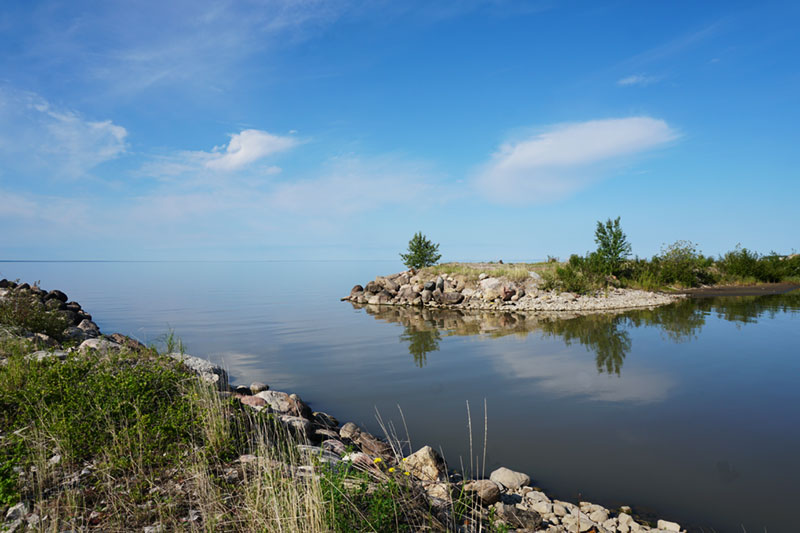
Chief Louis turned up shortly after I started exploring this magical place, once he saw that I arrived safely he left again.
I left Fort Resolution late afternoon after an extraordinary day and was thankful that I drove to the end of the trail.
Fort Resolution is a place that will tell you a story, and give you a story to tell once you get home. If you venture this way you will be left with special memories, forever.
I knew that my day’s adventure wasn’t over yet as I left town and headed to the abandoned site of Pine Point located 45 minutes down the highway. Pine Point was once among the largest mining towns in the North and all that is left today is an eerie network of paved roads and sidewalks blending in with the wilderness.
I parked my car in the middle of a street and stepped out onto the cracked concrete. A few poplar saplings had broken through the pavement where I stood and reached towards the bright sky. Looking around me I could feel a kind of sadness and nostalgia in the air. The town only existed from 1964 until 1988. All that’s left today is a story about people’s lives, tragedy and the hard truth of a lost town.

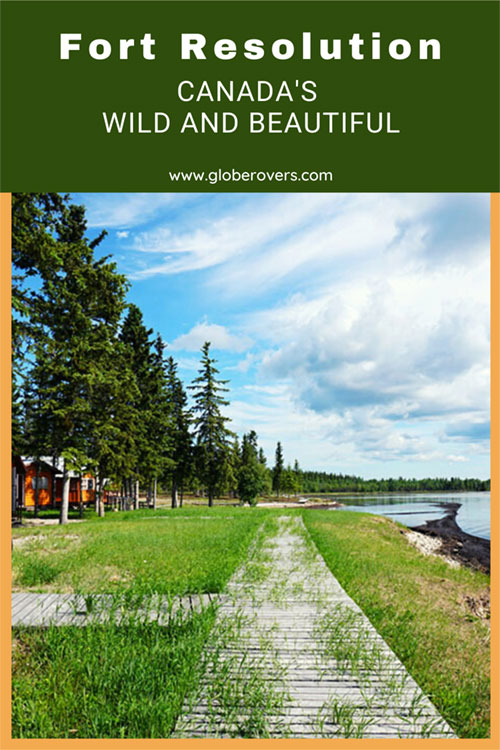
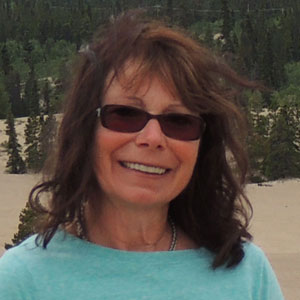
Yrene is the founder of BackcountryCanadaTravel.com. She was born in Switzerland, lived and worked on different continents and travelled the world before she settled in Canada. She is an entrepreneur, wilderness nut, and animal lover who prefers off-the-beaten-track places.
